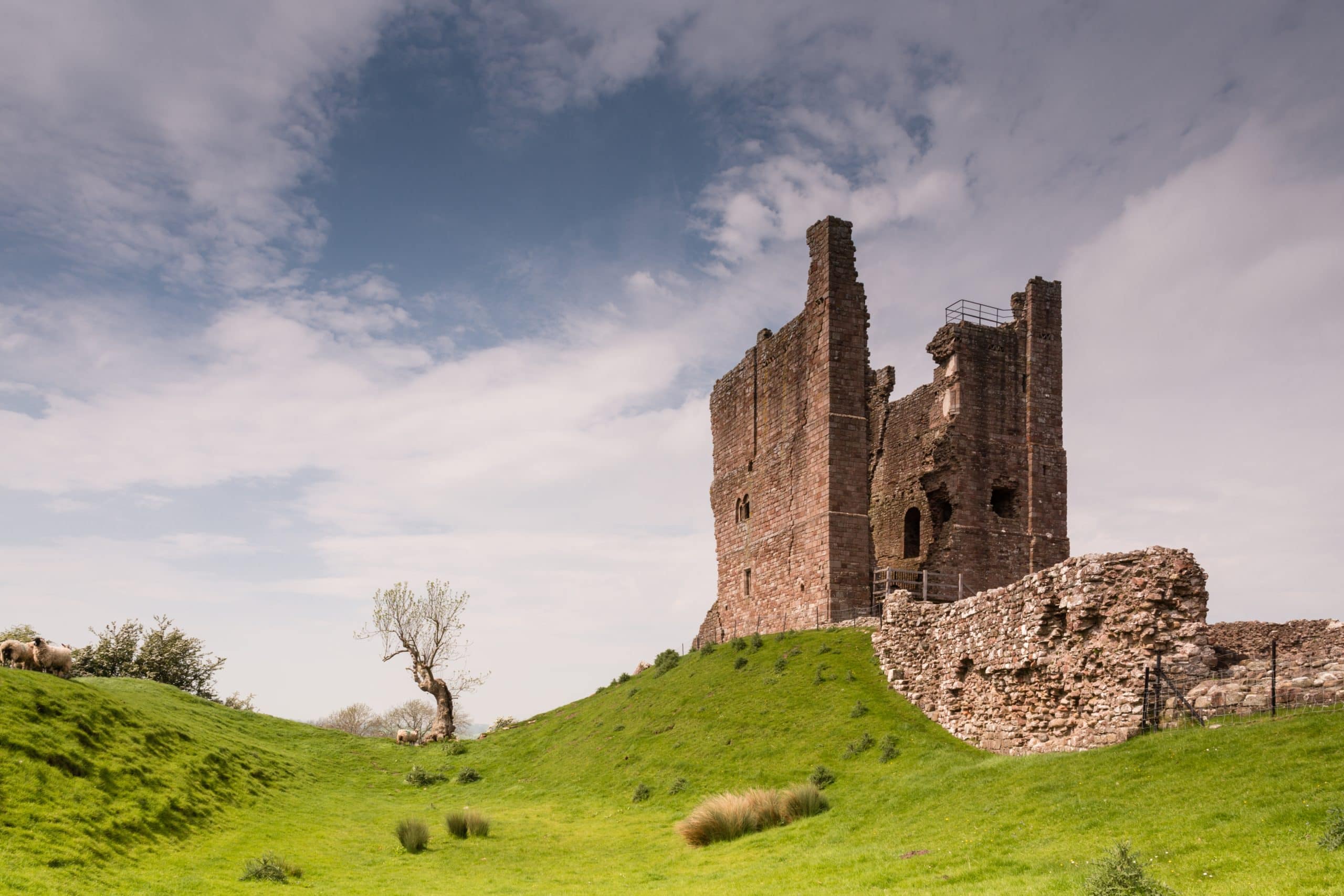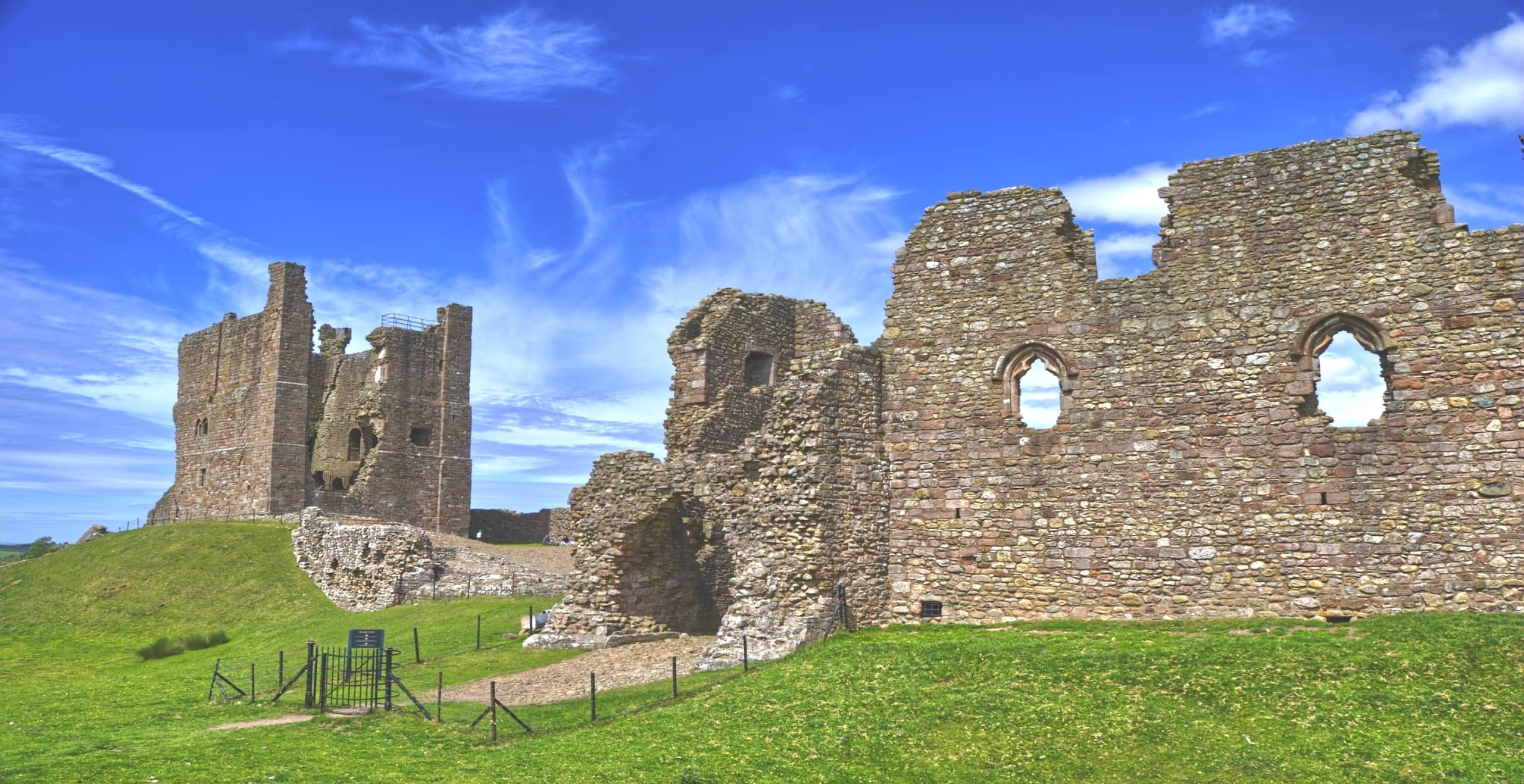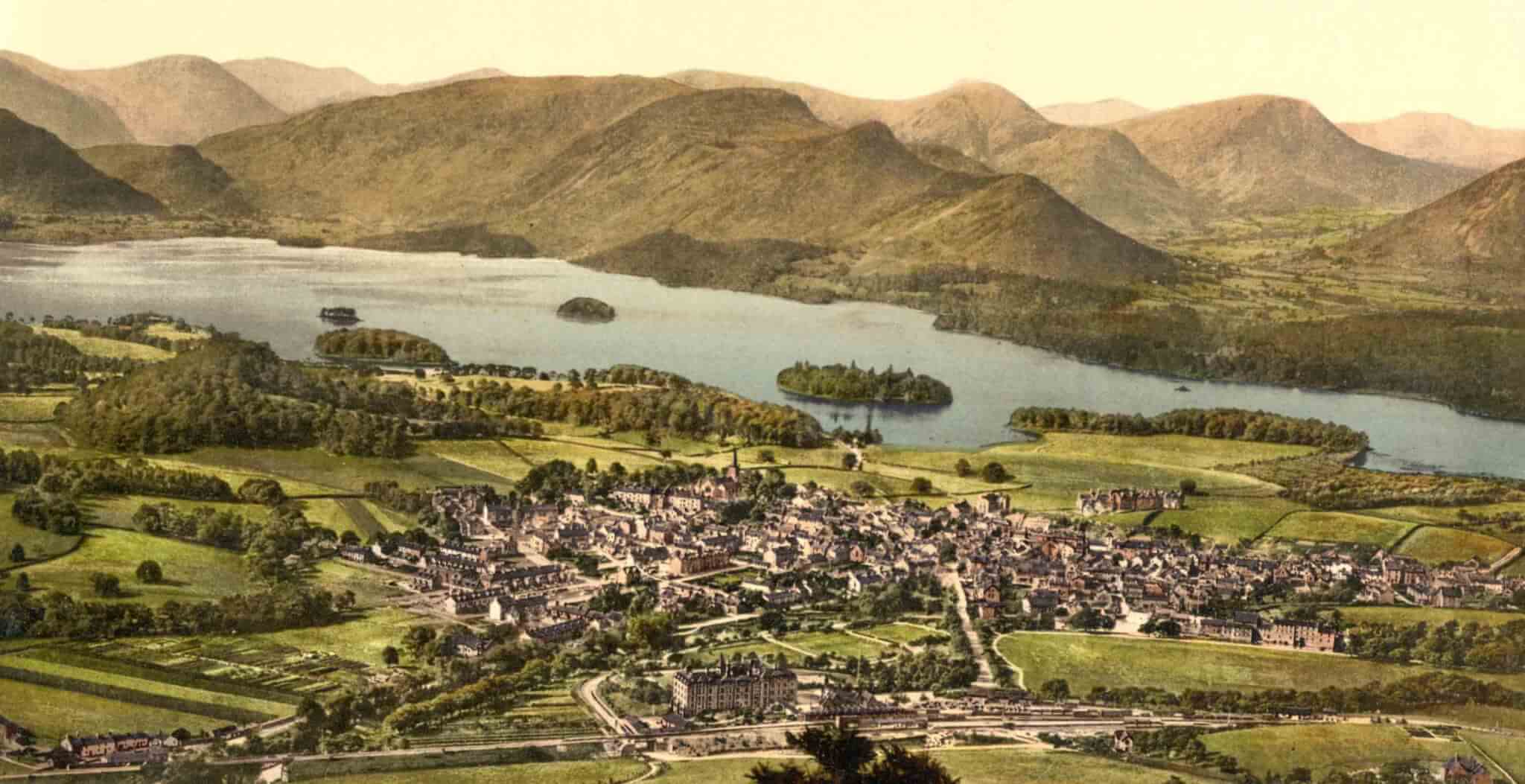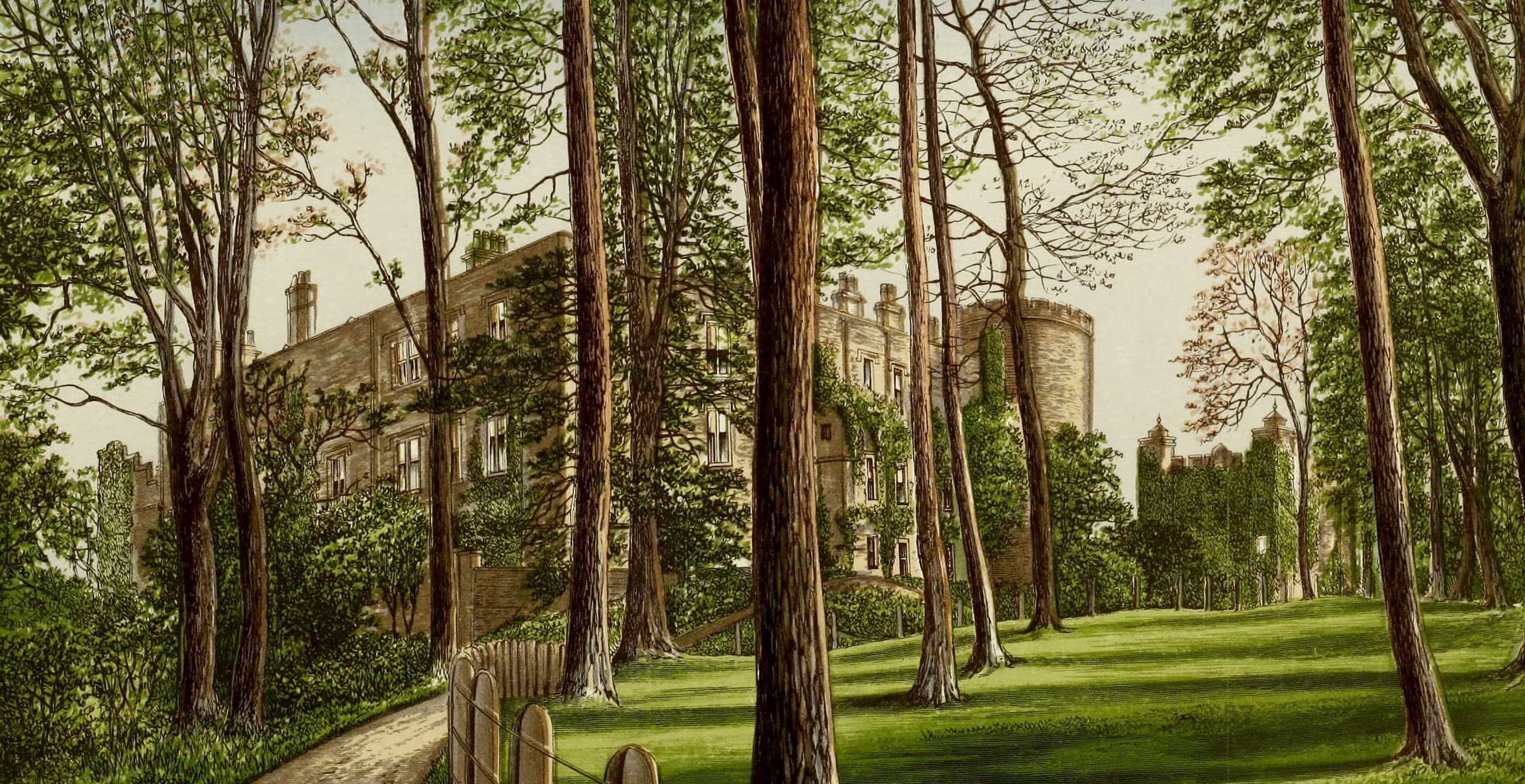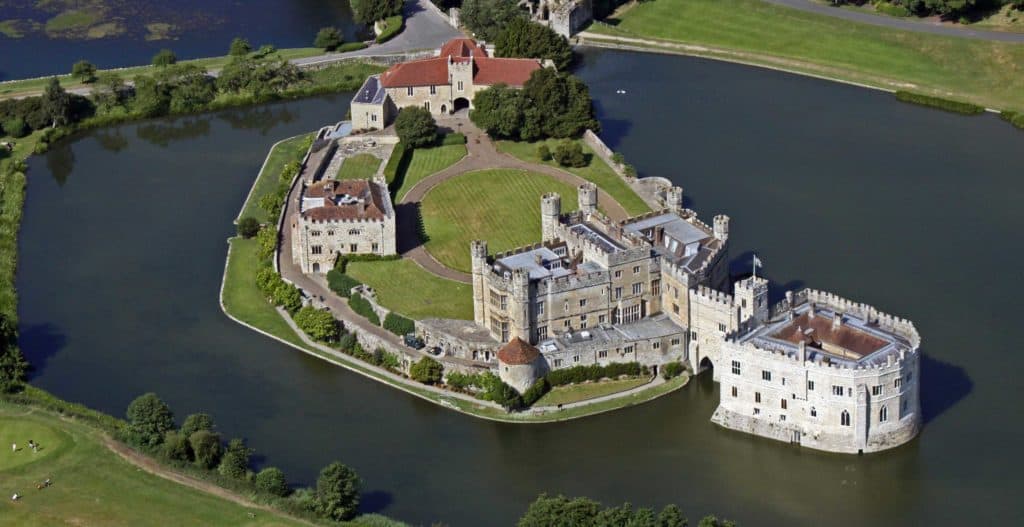Telephone: 0370 333 1181
Website: https://www.english-heritage.org.uk/visit/places/brough-castle/
Owned by: English Heritage
Opening times: Open daily, 10.00-17.00 from April to September, 10.00-16.00 from October to March. Closed 24-26 December and 1 January. There is free open access at any reasonable time.
Public access: There is limited space for parking near the castle in the village (there is no parking at Brough Castle Farm). Farm livestock is likely to be present at the site.
Brough Castle stands on a ridge at the western end of the Stainmore Gap, commanding the strategic Stainmore Pass, a key route though the Pennines. William Rufus first constructed a wooden motte and bailey castle here around 1092 within the old Roman fort of Verterae. Attacked and destroyed by the Scots army led by William the Lion in 1174, it was later rebuilt using stone with the addition of a square keep. The castle perimeter walls still stand to a good height in several places, whilst Clifford’s Tower and the keep are both in evidence.
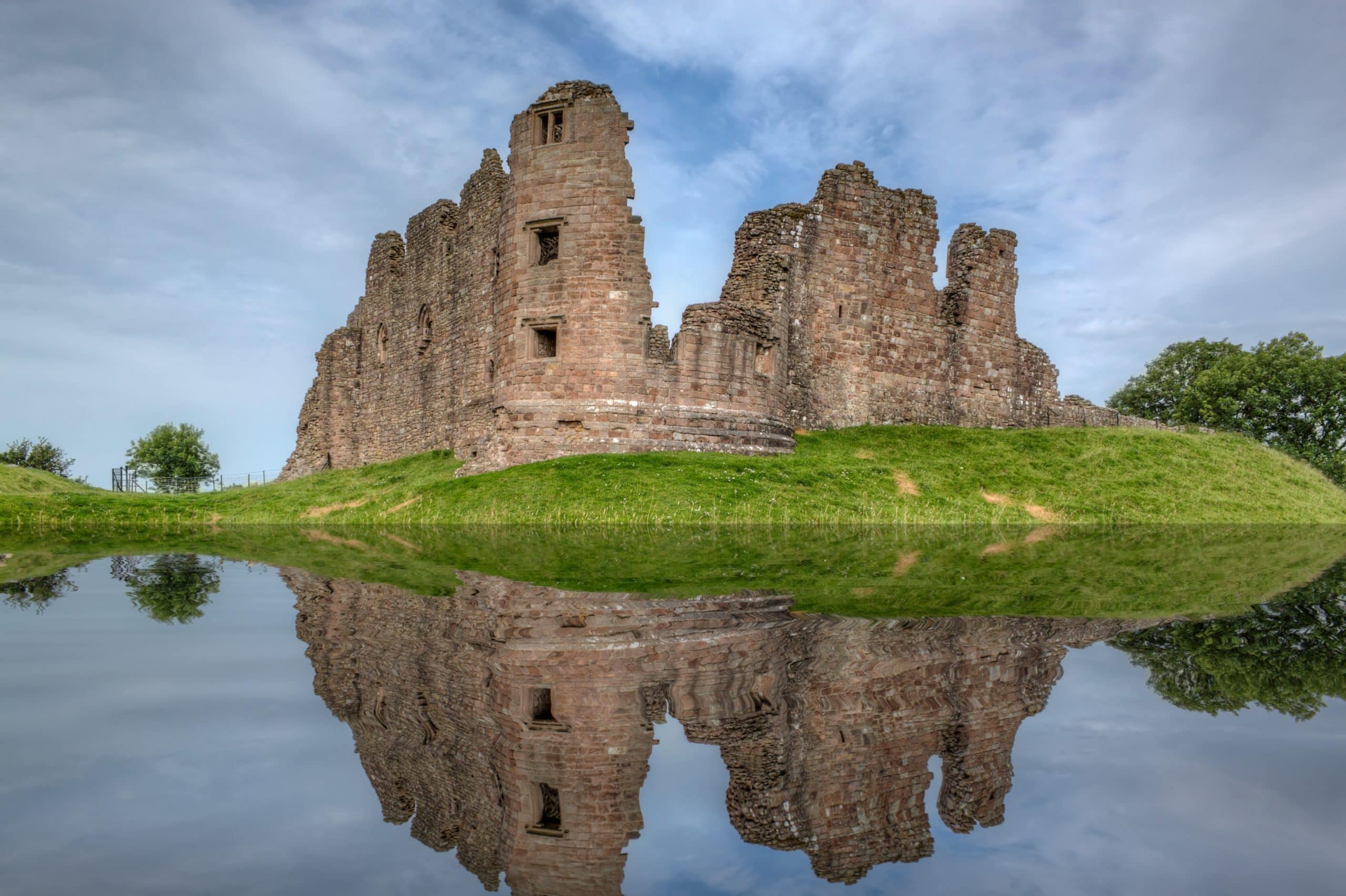
The keep is believed to have been constructed by Henry II on the site of the previous timber keep. However, herringbone masonry in the curtain walls has been identified as of earlier date, indicating that Brough Castle may have been one of the earliest castles planned and at least partially completed in stone. This may account for the ability of its inhabitants to defend themselves against the Scottish army for some time. The keep was rebuilt and maintained by keepers such as Theobald de Valoignes and also rulers such as King John. Passing into the hands of the de Clifford family, it is thought that the hall and tower are the work of Robert de Clifford and date to around 1300.
During the Wars of the Roses, the Lancastrian Cliffords lost much of their property, including Brough Castle, but these were restored after the defeat of Richard III. A disastrous fire destroyed the castle in 1521, and it remained an abandoned ruin until Lady Anne Clifford began the task of restoring her family’s properties such as Brough and Appleby in the 17th century. After another damaging fire, work at Brough seems to have been abandoned in favour of Appleby Castle. The site today is an interesting illustration of construction methods from the 12th century to modern restoration work.
